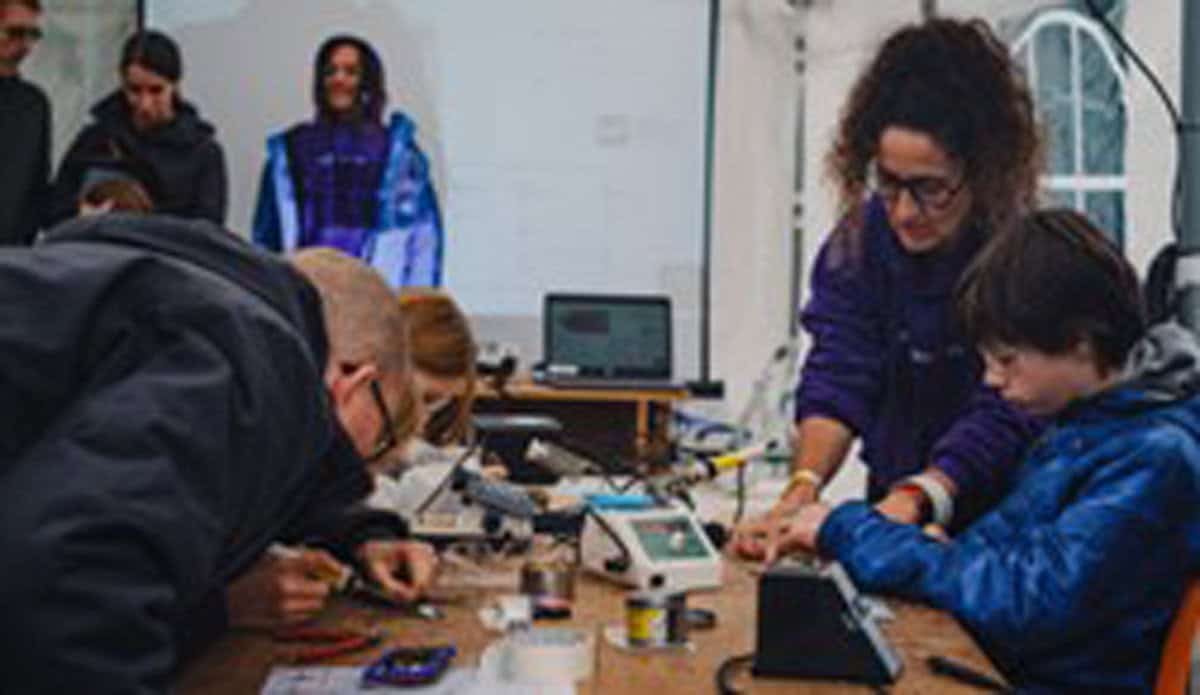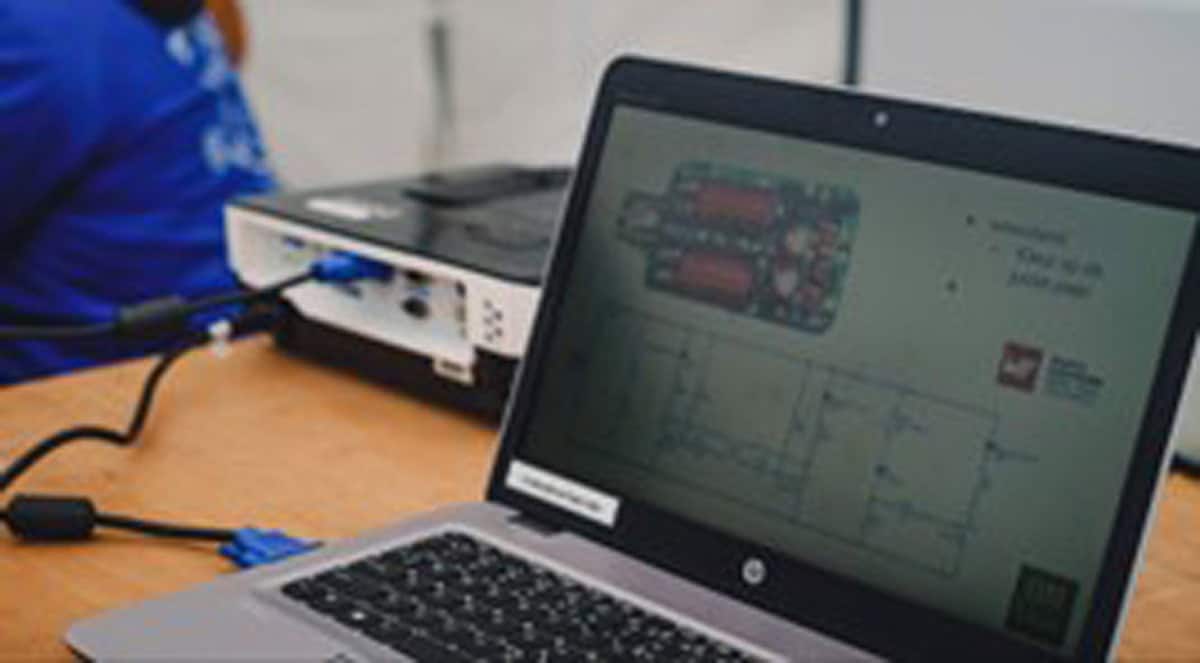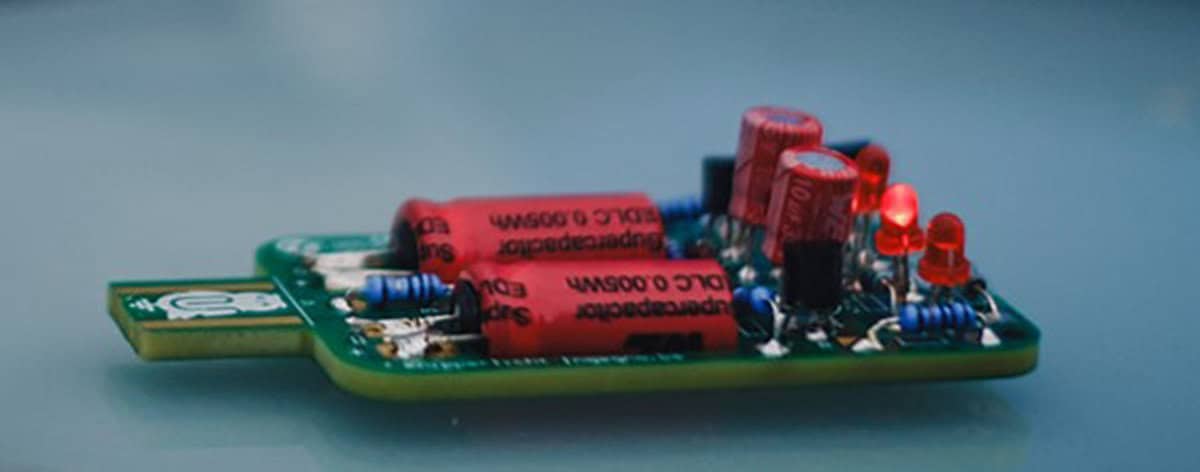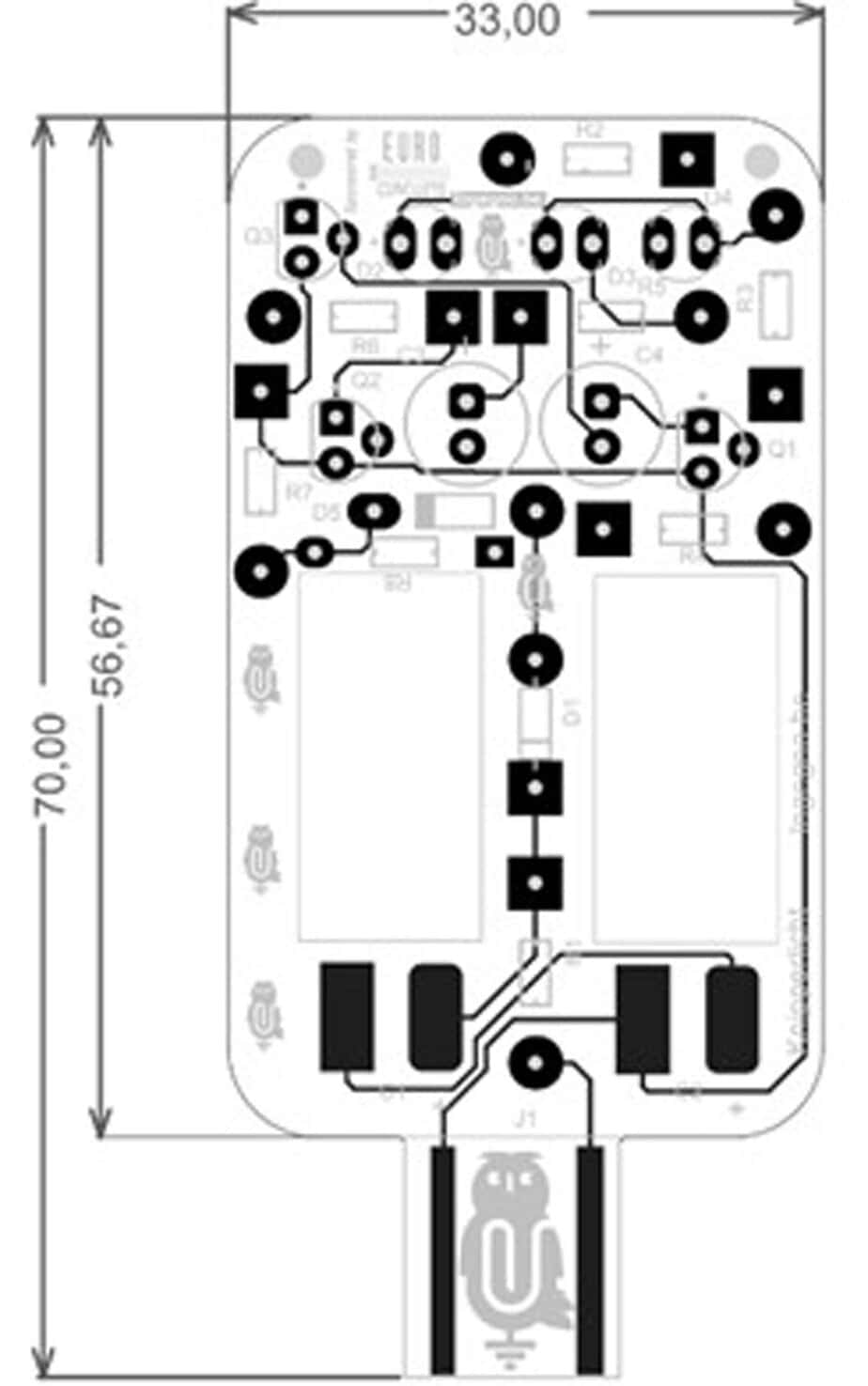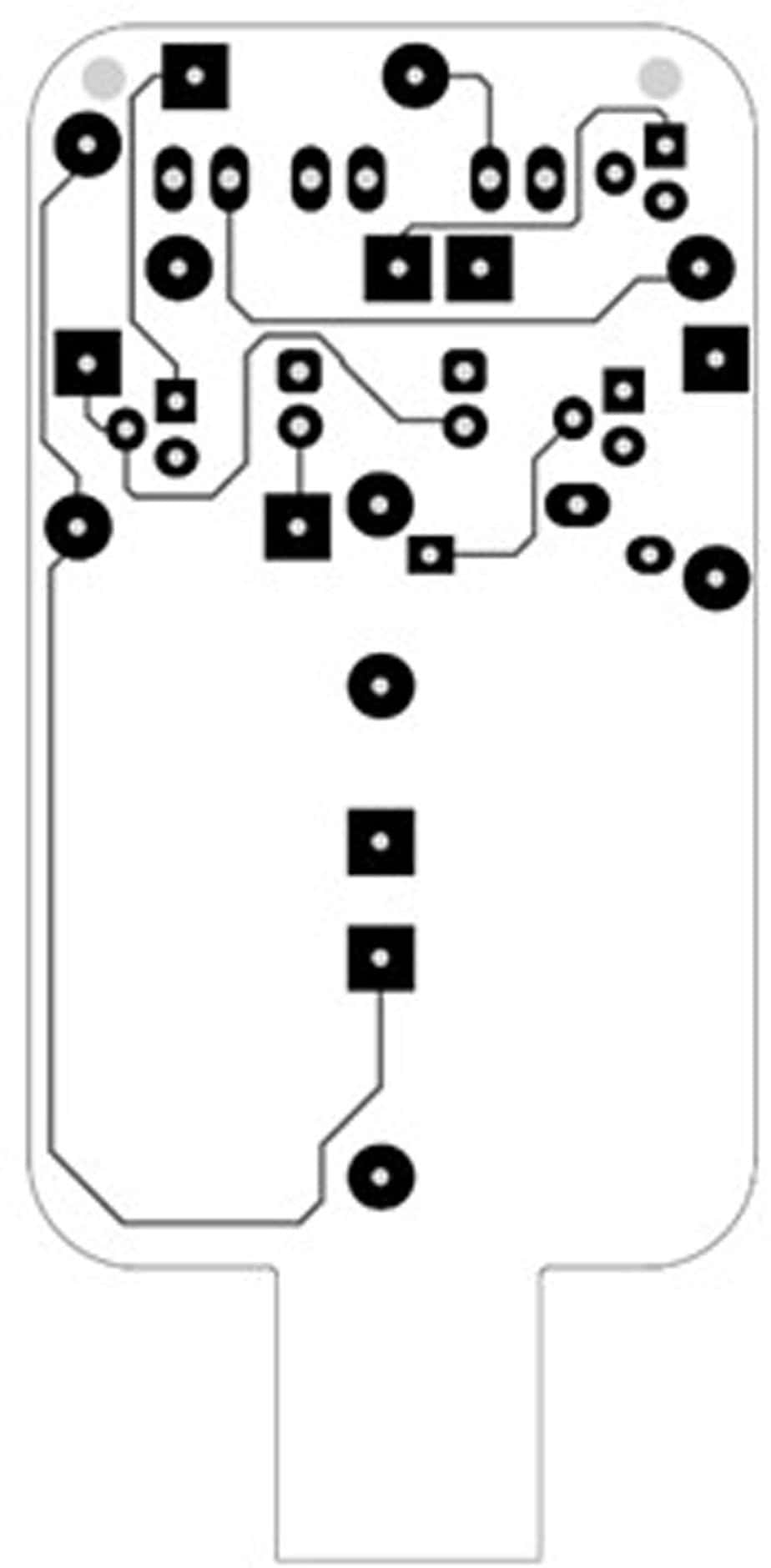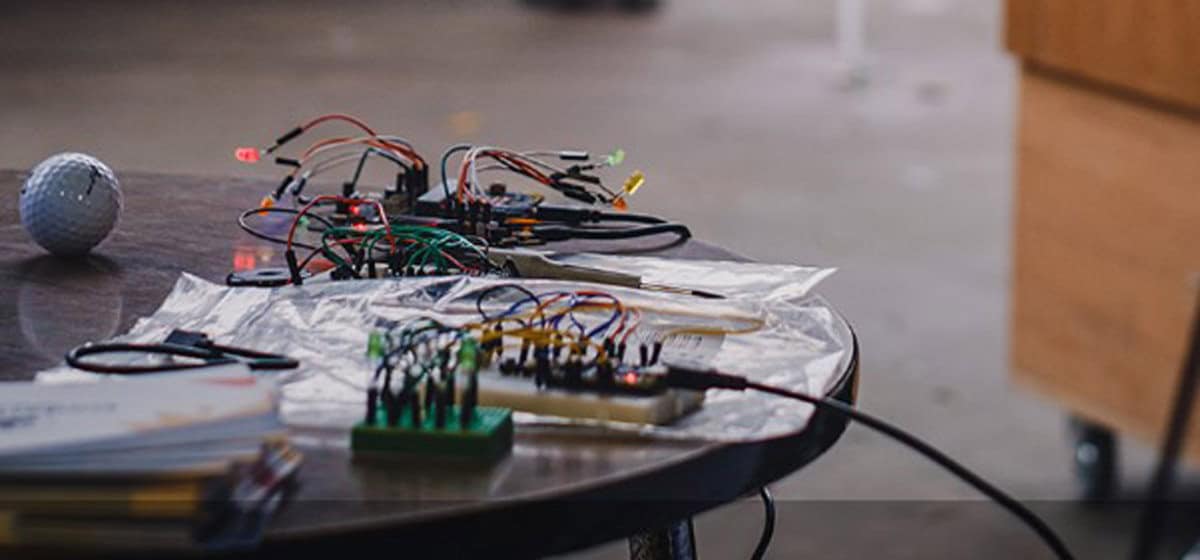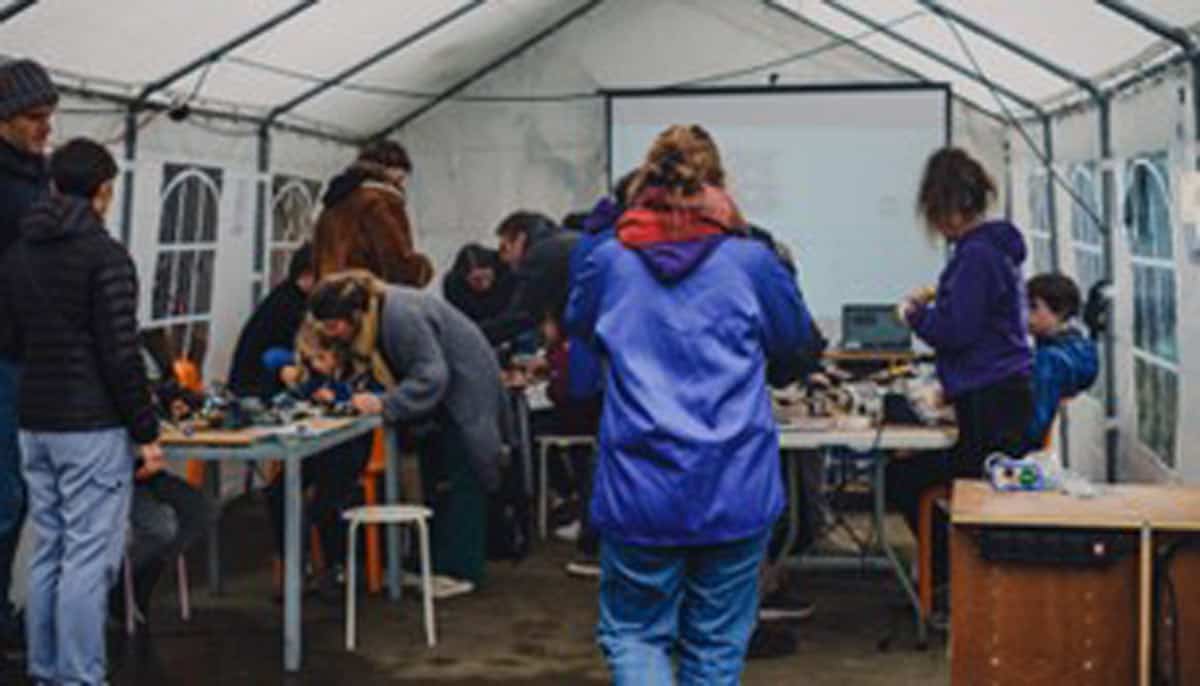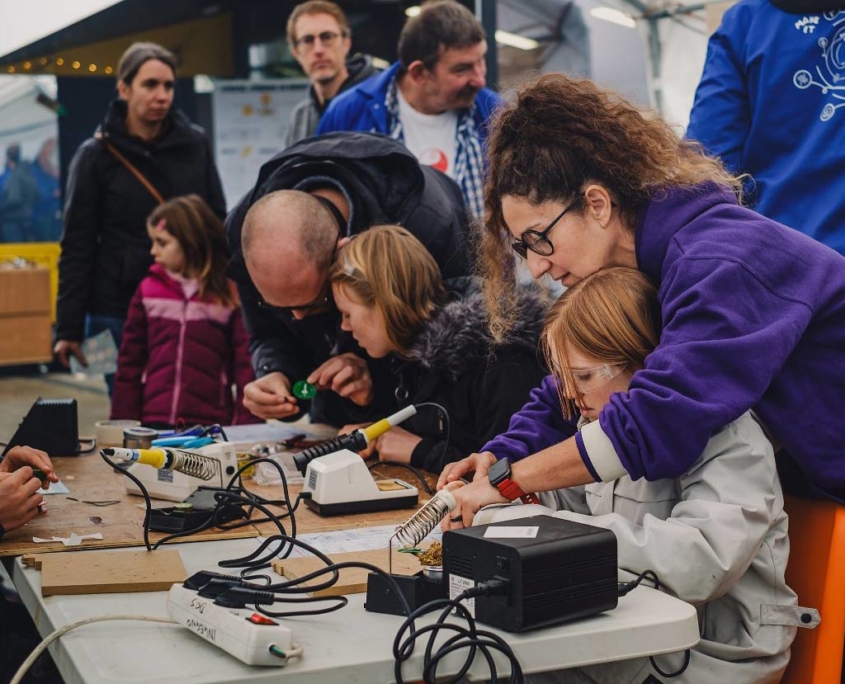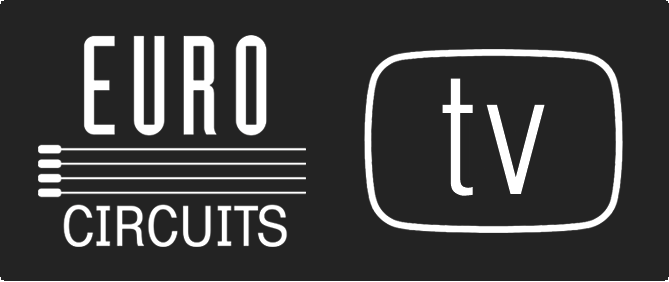Ingegno Maker Space: Exploring innovation
Vzw De Creatieve STEM (DCS); Ingegno Maker Space supports makers, thinkers, and doers. We tinker away in workshops, STEM academies, makers clubs, camps for children and youth, and intensive training sessions for young people and adults. We offer advice and training for individuals and organizations, ranging from learning to work with a 3D printer, building robots, to gender-neutralizing STEM. In the Ingegno Maker Space, creatives experiment during open labs with a wide range of machines. DCS is a playground for CAD (Computer-Aided Design) & CAM (Computer-Aided Manufacturing). A key part of what we do is motivating young people to learn how to learn so that they can contribute to tomorrow’s knowledge-based economy.
Why We Focus on Electronics
Electronics holds a special place in our offerings because technology is a crucial and fascinating building block of our modern world. We are not always aware of it, but every element of our daily lives involves a device that makes life easier or more enjoyable in the background. Our goal is to introduce young and old to this exciting field in an inspiring way by stimulating and inspiring them with exclusive products. Through practical experience with professional hardware, we aim to give children a realistic insight into technological systems, inspire them as designers, and connect them with experts.
We use soldering kits to achieve this goal. Together with Ingegno BV and expert volunteers, we share this knowledge through our activities and networks, especially through MaakBib. Our loyal volunteer Herman recently developed the “Knipperlichtjes” kit. This kit introduces you to basic soldering techniques in electronics production. Special attention was given to the design of the PCB, making it an entry-level model. This makes assembling/soldering the PCB easier. Knipperlichtjes was first presented to library staff during the kickoff of MaakBib for the 2023-2024 school year on September 14, 2023. Within the MaakBib network, this kit will be used for an electronics week campaign in the fall of 2024. Knipperlichtjes generated a lot of enthusiasm on November 26, 2023, during Science Day, where our large soldering tent at Ingegno Maker Space attracted nearly 200 visitors!
Cooperation with Eurocircuits and Würth Elektronik
For a small non-profit organization, designing a soldering kit and covering the production costs is a huge project. Fortunately, Eurocircuits helped us with their advanced PCB manufacturing process and sponsored the production of 350 printed circuit boards.
Furthermore, Würth Elektronik’s sponsorship for some components ensured that the entire kit could be offered in a low-cost version. This allows De Creatieve STEM to continue providing accessible soldering experiences within its network.
The Kit – Technical Description
What is it?
Knipperlichtjes is an astable multivibrator with 2 transistors. As indicators, we have 2 LEDs that alternately light up every second.
From an ecological standpoint, we chose not to use a battery. We charge the knipperlichtjes via a USB port, with the connector integrated into the PCB. After a 1-minute charging time, the lights flash for about 20 minutes. A 3rd LED indicates the charging status of the knipperlichtje. The LED lights up when the capacitors are charged. The PCB is a standard 2-layer board with 35µm copper. This is a standard layer set at Eurocircuits.
Design Considerations
The knipperlichtjes kit is intended for those with some soldering experience but still beginners. The design takes into account 5 key points to make assembling the PCB easier:
- Components with leads (thru-hole).
- Larger solder pads.
- Considerable distance between solder pads.
- Ample spacing between components.
- Clear marking of components on the top of the PCB.
This makes assembling and soldering the board easier, reducing the chance of short circuits, and the PCB should work immediately.
The design was created in Altium Designer.
Developing this PCB was a two-step process. In the first phase, we made 5 prototypes. The design was tested and slightly adjusted with these. These prototypes also serve to determine how easily the components can be soldered. This experience teaches us how to make the PCB more accessible for beginners, making the experience more enjoyable and preventing dropouts.
For more information please visit the Ingegno Maker Space website.


